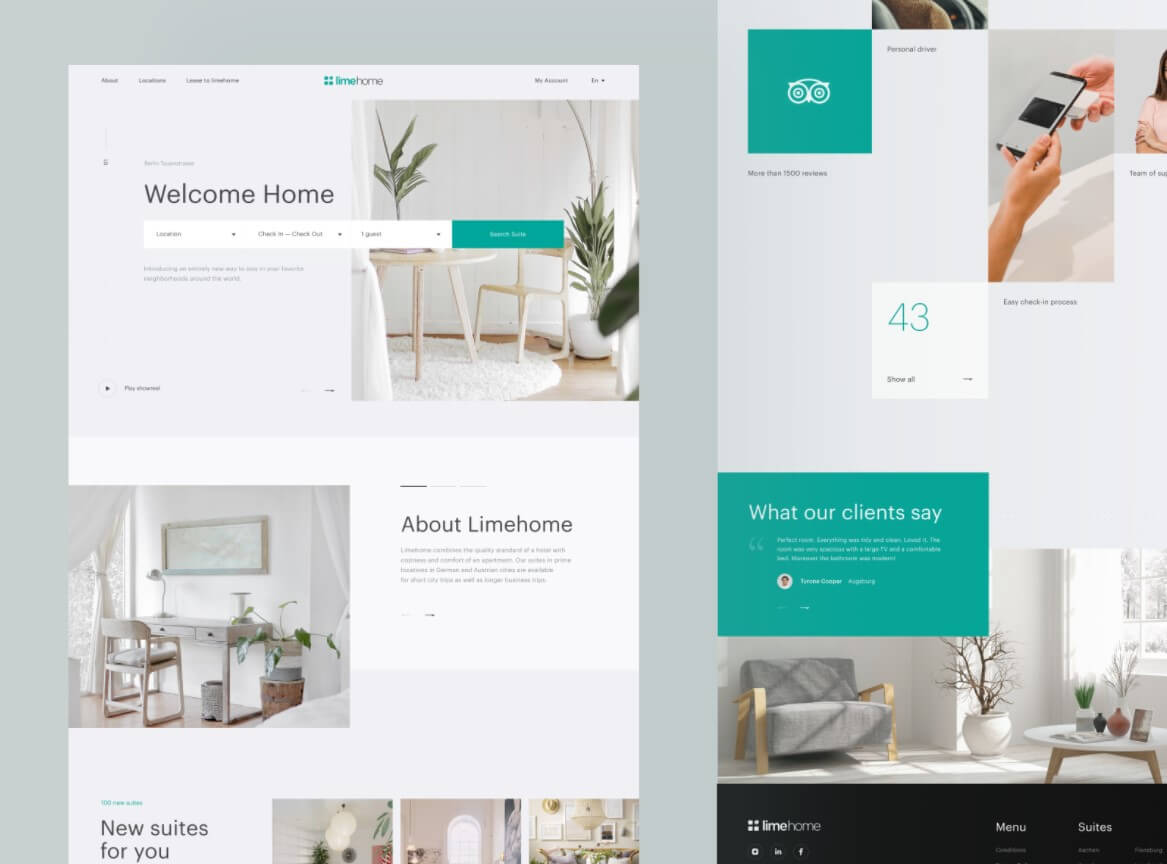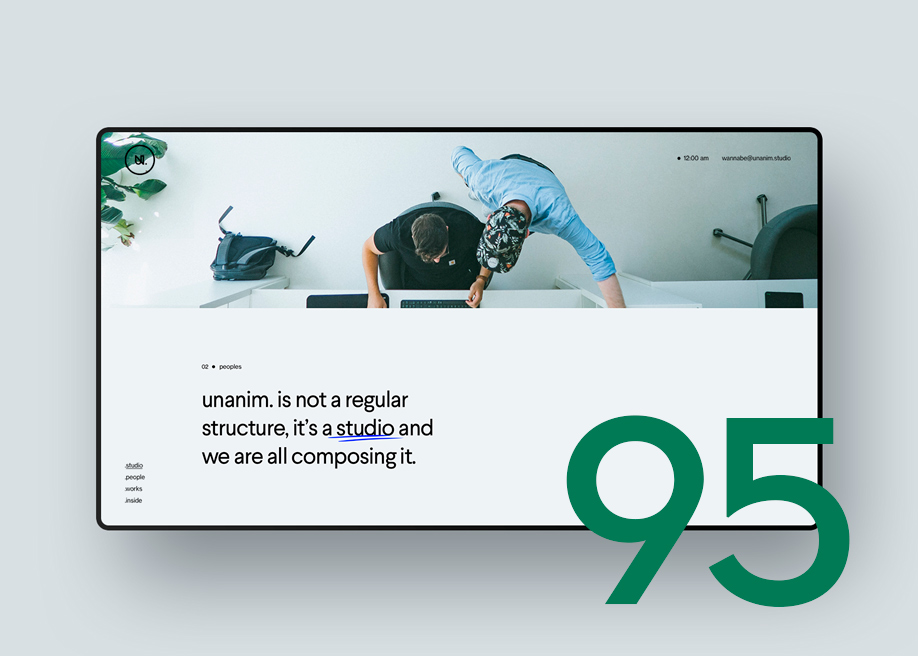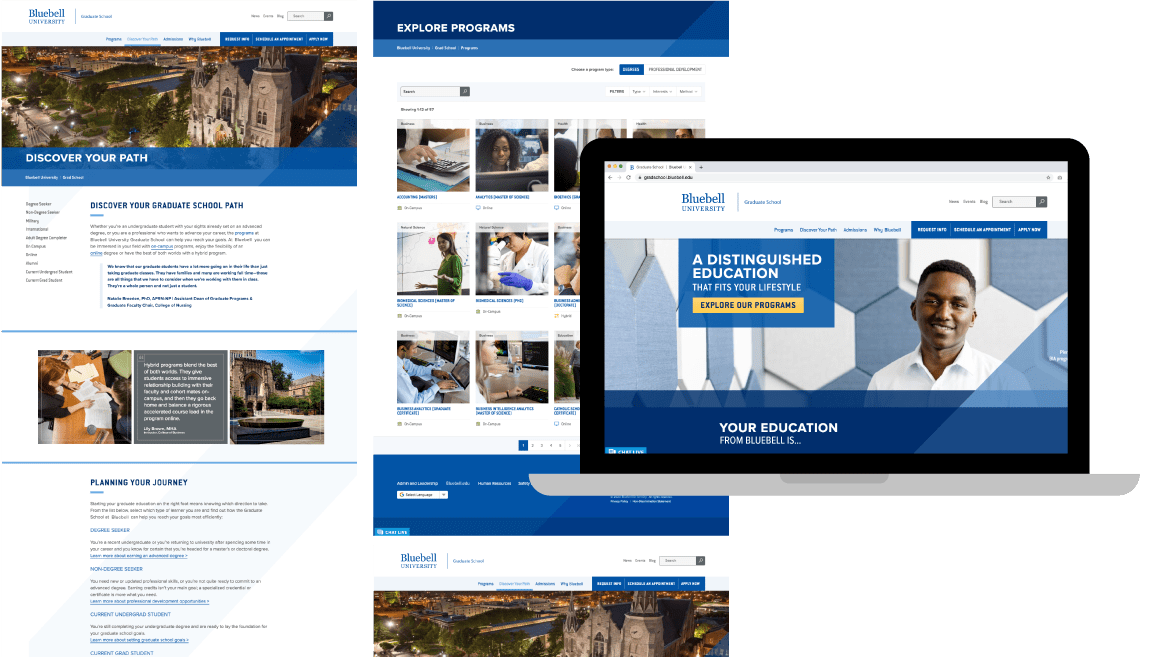Proven Techniques for Effective Website Design
In the ever-evolving globe of internet design, it is essential to remain ahead of the curve and use tested approaches that ensure success. This overview aims to supply specialists in the field with very useful understandings and techniques to attain effective internet style. By adopting a user-centered approach, developers can produce user interfaces that deal with the requirements and preferences of their target audience. Mobile-friendly and responsive designs make sure seamless customer experiences across different tools. Effective navigation and website framework add to very easy exploration and access. Constant branding and aesthetic identity develop a well-known and solid online existence. Enhancing page rate and performance enhances individual complete satisfaction and motivates higher interaction. In this overview, we will check out these tried and tested approaches in information, offering valuable tips and techniques to raise your website design abilities.
User-Centered Style
User-centered design is an essential strategy that focuses on the demands and choices of the target audience in order to develop an effective website design. By putting the individual at the center of the layout procedure, this technique makes sure that the end product satisfies their expectations and supplies a positive customer experience.

As soon as the study is total, the next action is to produce user characters. These characters represent the various kinds of users that will certainly engage with the internet site - Website Designer in Houston. By determining their goals, inspirations, and pain points, designers can craft a design that resolves their certain demands
The user-centered design procedure also entails carrying out usability screening. This allows developers to collect responses from actual users and make required modifications to boost the web site's use. By continuously fine-tuning the layout and iterating based on customer feedback, designers can guarantee that the end product satisfies the demands and preferences of the target market.
Responsive and Mobile-Friendly Layouts

Mobile-friendly layouts go beyond just responsive layout. They focus on developing an individual experience that is especially customized to mobile gadgets.
Incorporating mobile-friendly and receptive designs not only boosts usability yet additionally has a considerable influence on seo (SEO) Google, as an example, focuses on mobile-friendly websites in its search engine result, making it necessary for internet sites to have a mobile-friendly design to boost their visibility and reach.
Efficient Navigating and Site Structure
A well-designed navigation system permits users to quickly locate the information they are looking for, resulting in a favorable user experience. When creating the navigating for a web site, it is crucial to think about the target audience and their browsing practices.
One effective technique for navigation is to utilize a side or top menu that is present on every web page of the website. This allows customers to easily access different areas of the site without having to go back to the homepage. Another method is to include a search bar that enables individuals to swiftly search for specific material.
In enhancement to navigation, the overall website structure plays a crucial duty in the success of a web site. An efficient structure helps individuals understand the pecking order of information and exactly how various pages connect to each various other. It is essential to create a logical flow from one web page to one more, making sure that individuals can quickly browse between different areas of the web site.
Constant Branding and Aesthetic Identity
A regular branding and visual identification are crucial aspects in successful website design. They should quickly recognize and connect it with a particular brand when individuals visit a site. This acknowledgment constructs trust fund and reliability, increasing the Houston Website Design likelihood of users involving with the site and its material.
Consistency in branding includes components such as logo designs, shades, typography, and images. These aspects need to be used continually throughout the internet site to develop a cohesive and unified experience. For instance, using the same logo and color system on every web page helps users easily navigate the internet site and identify.
Visual identification surpasses branding and incorporates the total appearance and feel of the web site. It includes the layout, use whitespace, font choices, and images design. An aesthetically attractive website that lines up with the brand's character and target market creates a favorable perception and maintains customers involved.
Preserving a consistent branding and visual identification additionally assists in developing an unforgettable user experience. When customers experience regular and familiar aspects throughout different systems and touchpoints, it reinforces the brand name's message and worths.
Optimized Page Rate and Efficiency
Optimized web page rate and efficiency are vital consider attaining successful web style. In today's busy electronic globe, individuals have little persistence for slow-loading internet sites. Studies have shown that even a one-second hold-up in web page lots time can cause a significant drop in individual engagement and conversions. It is imperative for internet designers to focus on maximizing page speed and efficiency.
One reliable approach for boosting page rate is maximizing images. Images usually represent a substantial part of a page's documents dimension, causing slower filling times. By compressing and resizing photos without compromising high quality, developers can substantially reduce page load times.
One more crucial aspect of maximizing web page speed is minimizing HTTP demands. Every element on a website, including pictures, manuscripts, and stylesheets, calls for an HTTP demand. By decreasing the variety of requests, developers can streamline the packing process and boost performance.

Verdict
In conclusion, executing user-centered style, receptive formats, effective navigation, consistent branding, and enhanced web page rate are proven methods for effective internet layout. By prioritizing the needs and choices of customers, ensuring compatibility with smart phones, organizing content properly, preserving a consistent aesthetic identity, and maximizing performance, websites can supply a positive customer experience and achieve their goals. These approaches add to the general functionality and efficiency of a site, ultimately bring about increased customer engagement and complete satisfaction.
By continuously improving the design and repeating based on user feedback, developers can guarantee that the final item meets the demands and choices of the target audience.
A well-designed navigating system allows users to conveniently find the info they are looking for, resulting in a favorable user experience. It is crucial to create a rational circulation from one page to one more, ensuring that individuals can easily navigate in between different areas of the internet site.
Utilizing the same logo design and color system on every page assists individuals quickly browse the web site and determine.
By prioritizing the demands and preferences of customers, guaranteeing compatibility with mobile devices, arranging material successfully, maintaining a regular visual identification, and optimizing efficiency, web sites can give a favorable user experience and accomplish their goals. - Website Designer in Houston